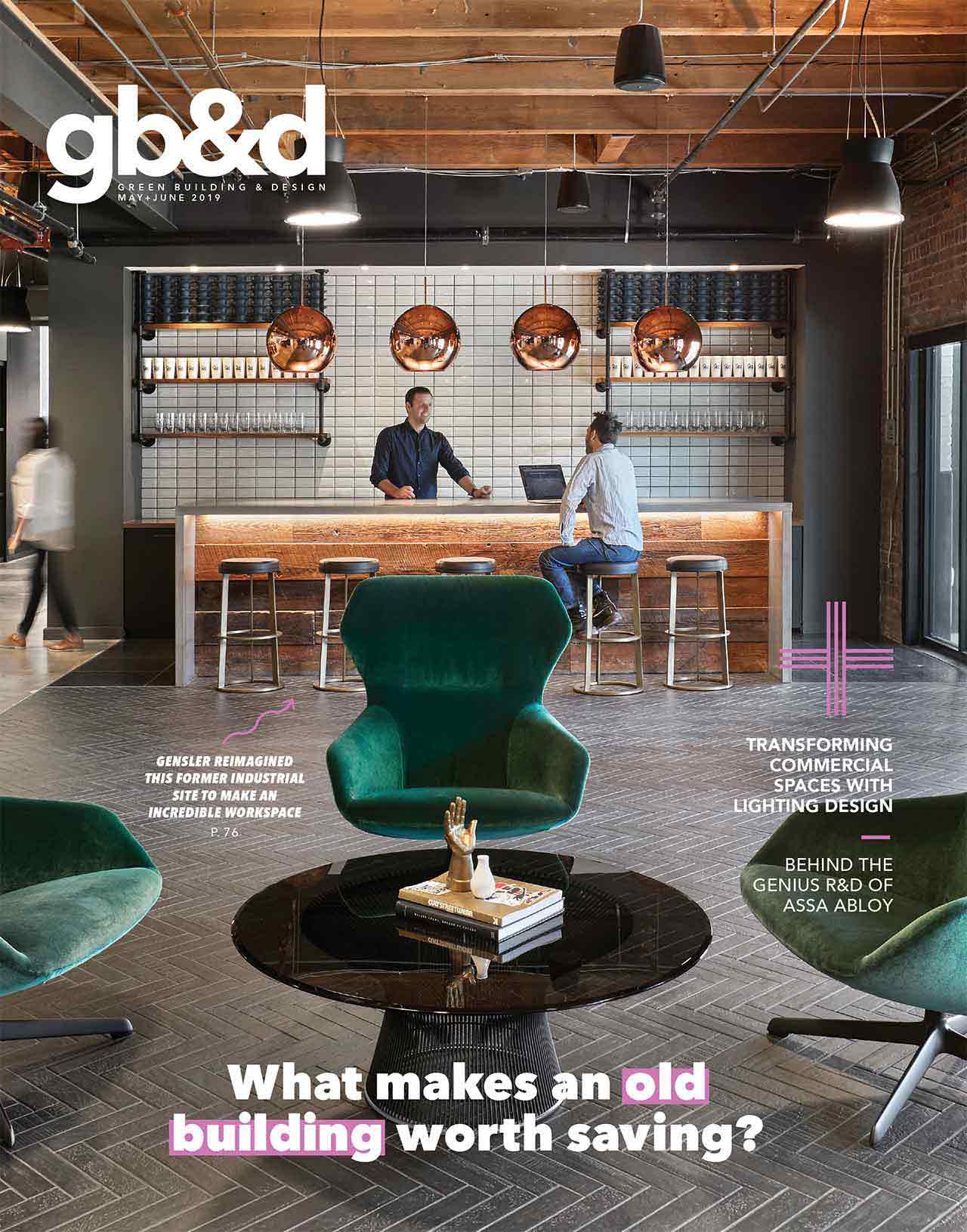Not all buildings have the same requirements. Here’s what you need to know.
![[Photo: Courtesy of EZ-Access]](https://gbdmagazine.com/wp-content/uploads/2019/04/EZ-ACCESS-Boeing-airplane.jpg)
The most practical solution for implementing ease of access is an aluminum ramp system. [Photo: Courtesy of EZ-ACCESS]

Don Everard knows a thing or two about fitting buildings for accessibility-focused solutions. The CEO of EZ-ACCESS, the leading aluminum ramp company, has been working to make buildings accessible to people of all walks since 1988. That’s two years before President George H.W. Bush signed the Americans with Disabilities Act (ADA) into law, prohibiting discrimination against individuals with disabilities in public and commercial spaces throughout the U.S. Since EZ-ACCESS was founded as a division of his family’s business, Homecare Products Inc., Everard and his team have installed aluminum ramps for buildings new and old all over the country. Everard explains how to make ADA work for your type of building.
The Americans with Disabilities Act (ADA) presents a set of federal building guidelines and legal requirements to ensure public and commercial spaces are accessible to all. But different types of buildings have different requirements.
![[Photo: Courtesy of EZ-Access]](https://gbdmagazine.com/wp-content/uploads/2019/04/EZ-Access-Access-Ramp.jpg)
Read more in the July+August issue of gb&d, when Everard further explores aluminum ramps. [Photo: Courtesy of EZ-ACCESS]
BUILT
For already built structures, the ADA requires you to make reasonable accommodations. The ADA won’t make you tear your building down or remove all your parking to build a ramp, but you will need to make modifications to remove barriers. Your reasonable accommodation could be anything from placing threshold ramps at entrances to create a smooth transition through doorways with raised thresholds to modular, semi-permanent ramps to portable ramps that can be set up quickly for an individual and then stored in a closet. We find all of these to be great, simple options depending on your building’s configuration.
For instances where structures cannot be completely retrofitted, such as a historic building, we find the most practical solution for implementing ease of access is an aluminum ramp system, due to its non-permanent nature that doesn’t interfere with the structural components of the building. These historic building solutions usually require the most creativity—we often cover the otherwise easy to install aluminum ramp with a colored powder coating to blend in better with the historical site. Popular colors are bronze, black, and ivory.
![[Photo: Courtesy of EZ-Access]](https://gbdmagazine.com/wp-content/uploads/2019/04/EZ-ACCESS-Chicago-Water-Taxi-Access.jpg)
EZ-ACCESS provided a ramp for this docking area along the North Branch Chicago River. [Photo: Courtesy of EZ-ACCESS]
NEW BUILD
Full ADA compliance is required for all new commercial and public buildings. The most common tactic is to either build the structure level with the ground or construct an entry ramp using materials like wood or concrete. Concrete is highly permanent, yet can deteriorate over time. EZ-ACCESS ends up replacing degraded wood, concrete, and steel ramps with aluminum a few years later. Wood has traditionally been a popular first choice material, especially for schools, but it’s also one of the least accommodating because of high maintenance costs and wear and tear.
REMODEL/TEMPORARY
When doing a commercial or public space remodel, it’s likely some sort of temporary building will be utilized onsite. Temporary buildings set up for construction projects will need access for the duration of their use, and there are cost effective, reusable solutions, especially in modular aluminum ramps for this exact function. It’s also important not to forget about access accommodations for temporary structures like modular buildings and event spaces.

